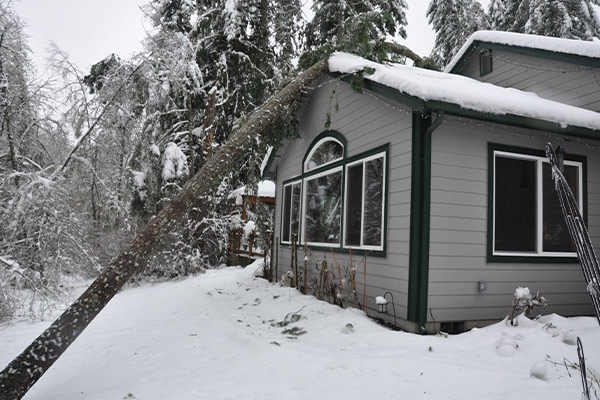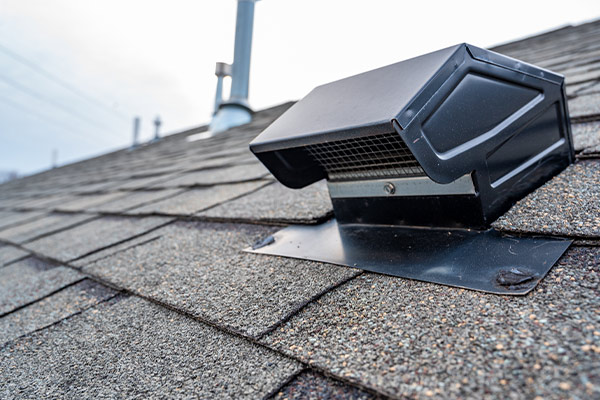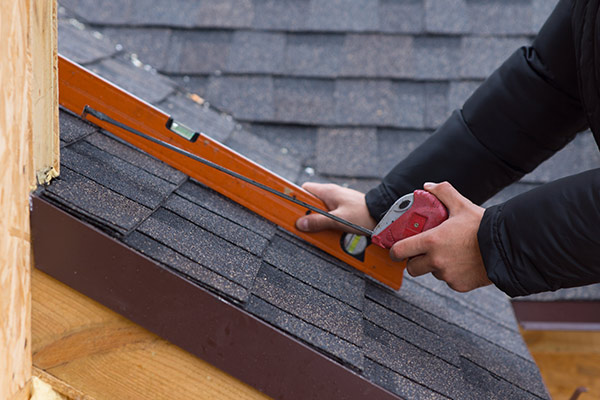Table of Contents
ToggleThinking about getting a new roof? Timing is everything when it comes to this significant home improvement. Choosing the right season not only ensures better pricing but also guarantees optimal weather conditions for installation. Whether you’re dealing with leaks or simply upgrading, understanding the best time of year can save you time and money.
Spring and fall often emerge as the top contenders for roofing projects. These seasons offer mild temperatures and stable weather, which are ideal for roofing materials and crew safety. Plus, scheduling during these periods might mean less competition with other homeowners, potentially leading to better deals.
However, each season has its own set of pros and cons. By considering factors like climate, urgency, and budget, you can make an informed decision that aligns with your needs. So, let’s dive into what makes each season unique for roof replacement and help you choose the perfect time for your project.
Evaluating Roof Replacement Needs
Assessing whether your roof needs replacement involves several factors. Begin by examining visible damage, such as cracked shingles, leaks, or warped structures, as these issues often demand immediate attention. If you notice any of these, consider quick action to prevent further damage. It’s also important to evaluate the age of your roof. Asphalt shingles typically last 20-25 years, so if yours is approaching this age, planning for a replacement aligns with best practices in timing your roof replacement.
Consider the impact of different weather conditions on your roofing material. Some materials perform better in specific climates, affecting the longevity and durability of your roof. For instance, roofing in different weather conditions like extreme heat or cold might cause materials to expand or contract, leading to potential damage. Keeping track of roofing season trends aids in deciding the optimal time, ensuring both quality installation and longevity.
Budget constraints also play a crucial role in your decision-making process. Replacements during off-peak times, such as early spring or late fall, might align with your budget by taking advantage of the reduced demand, which is a noted advantage of spring roof replacement. During these periods, contractors might offer competitive pricing due to less competition, aligning with your financial plans.
Lastly, evaluate your future plans regarding home ownership. If you plan to sell, a new roof can enhance curb appeal and increase property value. Timing, in this context, becomes vital as you align the roof replacement with your broader real estate goals. By considering these aspects, you can effectively determine the necessity and timing of your roof replacement, maximizing both investment and efficiency.
Season-by-Season Considerations
Understanding the best season for roof installation helps you make informed decisions about your roofing project, considering weather conditions and market trends. Each season presents unique factors that can influence your choice.
Spring Roof Replacement
Spring offers several advantages for a roof replacement. Mild temperatures and minimal precipitation create an ideal environment for roofing in different weather conditions. Crews work efficiently, reducing project time while maintaining quality. With spring being a popular roofing season trend, scheduling early can help you secure lower rates before the busy summer months. However, increased demand may limit flexibility in appointment dates. If timing your roof replacement during spring, consider booking in advance to lock in favorable conditions and pricing.
Summer Roof Replacement
Summer roof replacements are common due to consistent weather and longer daylight hours. These conditions allow work to progress swiftly, avoiding delays due to weather disruptions. Ensure that the crew manages heat exposure, as high temperatures can affect both workers’ safety and shingle installation. Materials like asphalt can become susceptible to damage if installed in extreme heat, so verify that your contractor plans for these variables. While summer is a busy season, it often leads to longer wait times and potentially higher prices. Scheduling early in the season can help you secure the best deal.
Fall Roof Replacement
Fall stands out as an optimal season for roof installation due to cooler temperatures and stable weather patterns. These factors mitigate the stress on installation materials and the risk of heat-related issues, creating a favorable environment for precise roof installation. Less market congestion during fall often leads to competitive pricing, providing a budget-friendly option for homeowners. Timing your roof replacement in fall lets you avoid the peak summer rush while still reaping ideal weather benefits. As winter approaches, ensure all work is completed to avoid facing harsh conditions mid-project.
Winter Roof Replacement
Winter roof replacements, though less common, offer unique advantages. Off-peak season usually means fewer bookings and lower costs for materials and labor. Snow and ice pose challenges by complicating safety for workers and affecting material performance, particularly asphalt shingles which may become brittle in cold temperatures. If roof replacement is urgent, ensure you choose a contractor skilled in managing winter installations and providing contingency plans for weather delays. Roofing in winter conditions requires careful planning but can be effective especially if budget constraints dictate the timing.
Pros and Cons of Each Season
Choosing the right season for roof installation can save time and money. Each season has unique advantages and disadvantages that you should consider.
Advantages of Spring and Summer
Spring offers mild temperatures and low precipitation, making it a favorable season for roofing in different weather conditions. The advantages of spring roof replacement include less stress on materials and safer working conditions for installation crews. Early booking can secure better pricing due to moderate demand.
In summer, you benefit from consistent weather and extended daylight hours that allow for longer working days. This can speed up the project completion time. Yet, anticipate some disadvantages: high temperatures might affect worker safety and the asphalt shingles’ performance. Timely scheduling might help avoid peak heat, optimizing your roof replacement.
Advantages of Fall and Winter
Fall is often considered the best season for roof installation due to its cool temperatures and reduced market congestion. You might find competitive pricing as contractors aim to fill their schedules before winter. Roofing season trends indicate materials perform optimally without extreme heat or cold, ensuring efficiency and longevity.
Winter replacements, though challenging, offer potential cost benefits because of off-peak demand. Contractors often have more availability, and lower competition can lead to discounts. However, consider weather constraints; ensure crews use techniques suitable for colder temperatures to avoid material issues and ensure safe installations.
Additional Factors to Consider
Several additional factors affect the timing of your roof replacement beyond choosing the best season for roof installation. By understanding these elements, you can better plan and enhance the roofing process.
- Local Climate Conditions: Consider weather patterns specific to your area. Roofing in different weather conditions impacts material performance and safety. For instance, areas prone to frequent rain might face delays, whereas dry climates could facilitate quicker installations.
- Contractor Availability: Scheduling can vary based on regional roofing season trends. Early booking during peak times, such as spring, ensures contractor availability. Off-peak seasons may offer more flexibility and potentially better pricing.
- Material Selection: Different materials interact uniquely with the environment. If choosing asphalt shingles, mild temperatures during spring or fall might be optimal, aligning with the advantages of spring roof replacement or fall’s cooler temperatures.
- Project Urgency: Evaluate how urgent your roof replacement is. Severe damage might necessitate immediate action regardless of season. While spring and fall provide ideal conditions, urgent repairs shouldn’t wait if they’ve compromised your roof’s integrity.
- Budget Constraints: Financial planning remains crucial. Timing your roof replacement during seasons with lower demand can reduce costs. Consider the long-term value of selecting a season that balances quality installation with budget needs.
These factors guide your decision-making, ensuring a timely and efficient roof replacement process. Weather, material choice, and market dynamics contribute to a successful roofing project when carefully considered.
Roofs R Us is Available Year Round
Choosing the right time for a new roof involves weighing various factors from seasonal advantages to budget considerations. While spring and fall are typically ideal seasons for roofing projects you should also evaluate your specific needs and circumstances. Whether dealing with urgent repairs or planning ahead for optimal conditions it’s crucial to align your project with your long-term homeownership goals.
Remember that Roofs R Us is available year-round to provide expert guidance and services tailored to your unique situation. With careful planning and the right professional support you can ensure a successful roof installation no matter the season.




